Hiroshi Yoshida (吉田 博, Japan, 1876-1950) is known for his woodblock prints that portray peaceful settings and his contribution to advancing and modernizing the traditional Japanese shin hanga (new print) style and method.
Hiroshi Yoshida was born September 19, 1876 with the name “Ueda Hiroshi” in Kurume, Fukuoka prefecture, Japan. Hiroshi became the artist, Yoshida Kasaburo’s (1861-1894), adopted son at an early age. As a young man, Hiroshi studied with Tamura Soritsu (1846-1918) in Kyoto in 1893 and Koyoma Shotaro (1857-1916) at a private school in Tokyo, known as Fudosha, in 1894. He also joined the Meiji Fine Arts Society, which taught and encouraged Western-style painting. In 1899, Hiroshi traveled to the U.S. with artist Nakagawa Hachiro (1877-1922) and exhibited paintings in New York, Boston, and other major cities. His first American exhibition was held at the Detroit Museum of Art (now Detroit Institute of Art). In 1902, Hiroshi co-founded the Taiheiyo-Gakai (Pacific Painting Organization) in 1902. From 1903 to 1907, Hiroshi traveled extensively in the U.S., Europe, and North Africa. In 1920, the publishing house Watanabe Shozaburo (1885-1962), approached Hiroshi to design woodblock prints with western-style depictions. However, in September 1923, all the blocks for his prints and existing stock were lost in the Great Kanto earthquake when the Watanabe shop was destroyed. As a result, Hiroshi left for the U.S. to sell prints, which were incredibly popular at the time. When he returned to Japan, Hiroshi established his own studio and continued to make prints.
Hiroshi was a shin-hanga artist. Shin-hanga artists incorporated Western elements such as the effects of light and the expression of individual moods, but focused on strictly traditional themes of landscapes (fukei-ga), famous places (meishō), beautiful women (bijin-ga), kabuki actors (yakusha-e), and birds-and-flowers (kachō-e). However, Hiroshi started a new realm of artistic practice and style in Japan by blending Western painting and traditional Japanese woodblock printmaking. Hiroshi became the sole artist, carver, and publisher, a practice known as sōsaku hanga (creative print), a stray from the traditional ukiyo-e collaborative system where the artist, carver, printer, and publisher engaged in a division of labor. Hiroshi believed that the painter should have supreme authority and assume the role of director, not the publishing house. Hiroshi was known to be meticulous about the process and quality of his finished prints. He did not give his prints the “seal of approval” or the stamp of his name, unless he was extremely satisfied with the end result. Hiroshi always printed the notation “jizuri” (self-print) on his works. Prints made after Hiroshi's death do not have the jizuri seal and are considered less valuable than those having the self-printed seal. Additionally, his prints are signed “Yoshida” with brush and ink beside a red “Hiroshi” seal.
Hiroshi focused primarily on landscapes and scenes of nature. He experimented with color and light to create ethereal depictions that were almost photo-realistic. The artist is most famously known for his ability to capture reflections on surfaces and depict atmospheric light. Hiroshi’s prints also portray foreign landscapes and subjects of the U.S., Canada, Europe, Egypt, India, Korea, and China - most notably the Grand Canyon, Niagra Falls, Swiss Alps, and the Taj Mahal. One of his most famous series, the Sailing Boats (1921), captures various ‘moods’ of light in each print. This effect is reminiscent of Claude Monet’s Rouen Cathedral (1894) series of oil paintings that capture different moments of time and light against a surface through varied color combinations. Hiroshi took this inspiration from the French impressionists and was knowledgeable of Western aesthetics, but maintained an allegiance to traditional Japanese traditions and methods of printmaking. Attracted by the calmer moments of nature, Hiroshi’s prints breathe coolness, invite meditation, and set a soft, peaceful mood.
Hiroshi’s career was temporarily interrupted by his sojourn as a war correspondent in Manchuria during the Pacific War. Although he designed his last print in 1946, Hiroshi continued to paint with oils and watercolors until his death in 1950. At the age of 73, Hiroshi took his last sketching trip to Izu and Nagaoka and painted his last works The Sea of Western Izu and The Mountains of Izu. He became sick on the trip and returned to Tokyo where he died April 5, 1950 at his home. He is buried at Ryuun-in Temple, Kosihikawa, Tokyo. By the end of his life, Hiroshi made 259 woodblock print designs - seven published by Watanabe. Hiroshi also wrote the book, Japanese Woodblock Printing, a comprehensive guide to the craft of woodblock printing, published by The Sanseido Company, Ltd. in Tokyo and Osaka in 1939. Before his death, the artist planned on creating his last series, One Hundred Views of the World, but passed away before he could begin the project. Hiroshi’s family continues to maintain the Yoshida’s artistic legacy. Hiroshi’s works are included in major collections like the Art Institute of Chicago, Dallas Museum of Art, Museum of Fine Art in Boston, Fine Art Museum of San Francisco, Cleveland Museum of Art, Philadelphia Museum of Art, Fukuoka Art Museum, and the National Museum of Modern Art in Tokyo, among others.







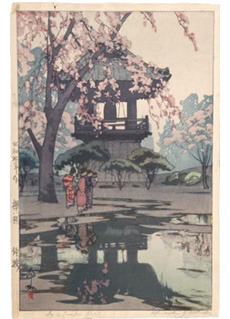
 Japan
Japan

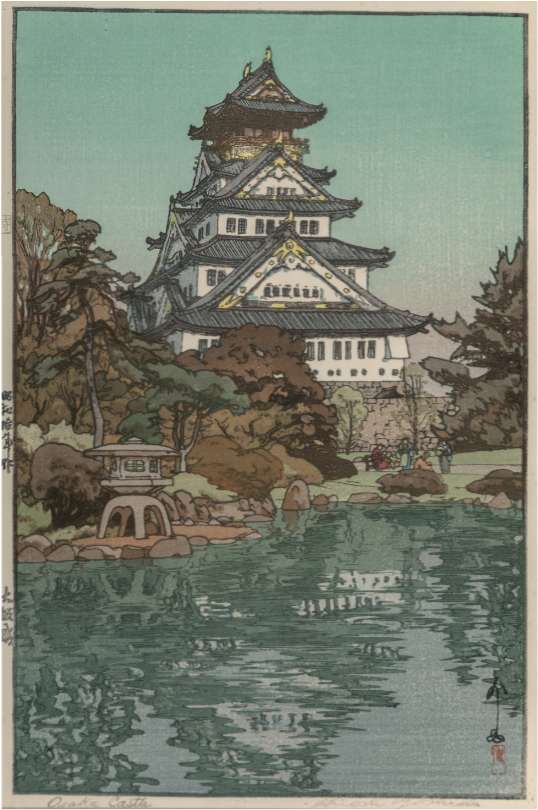
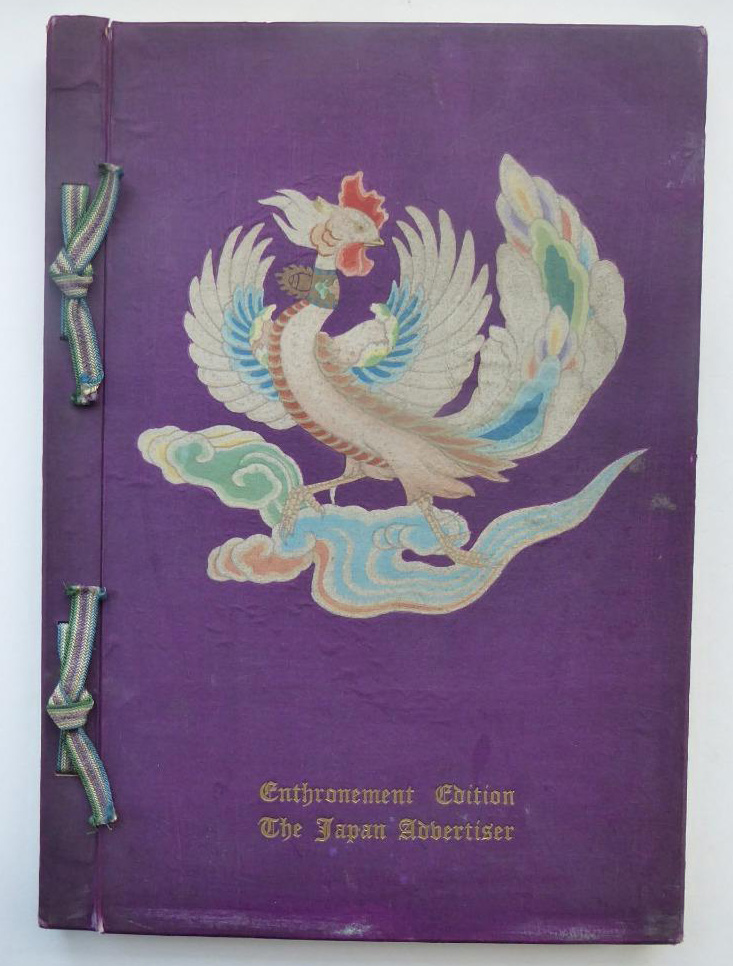
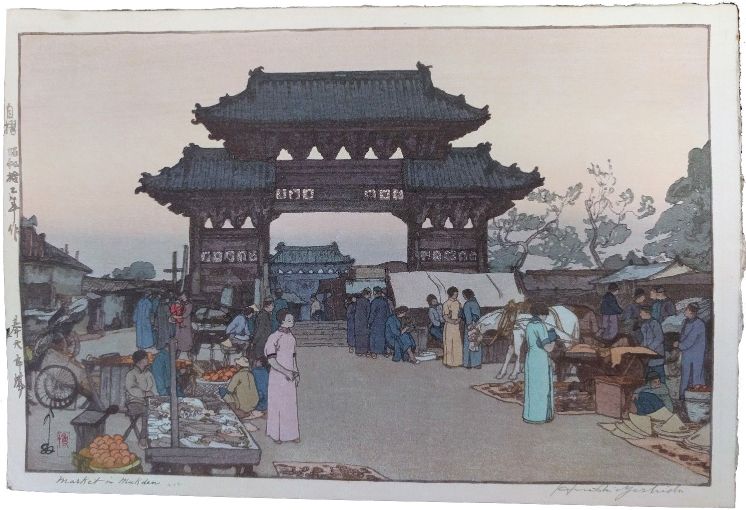
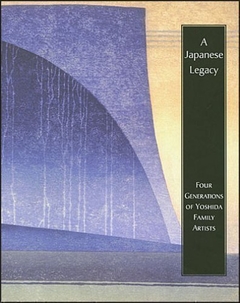

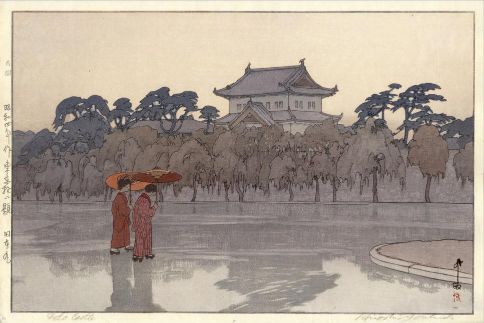
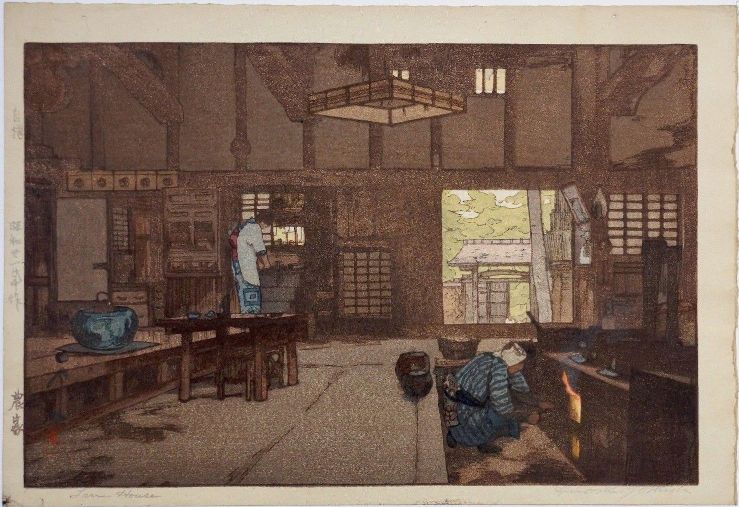
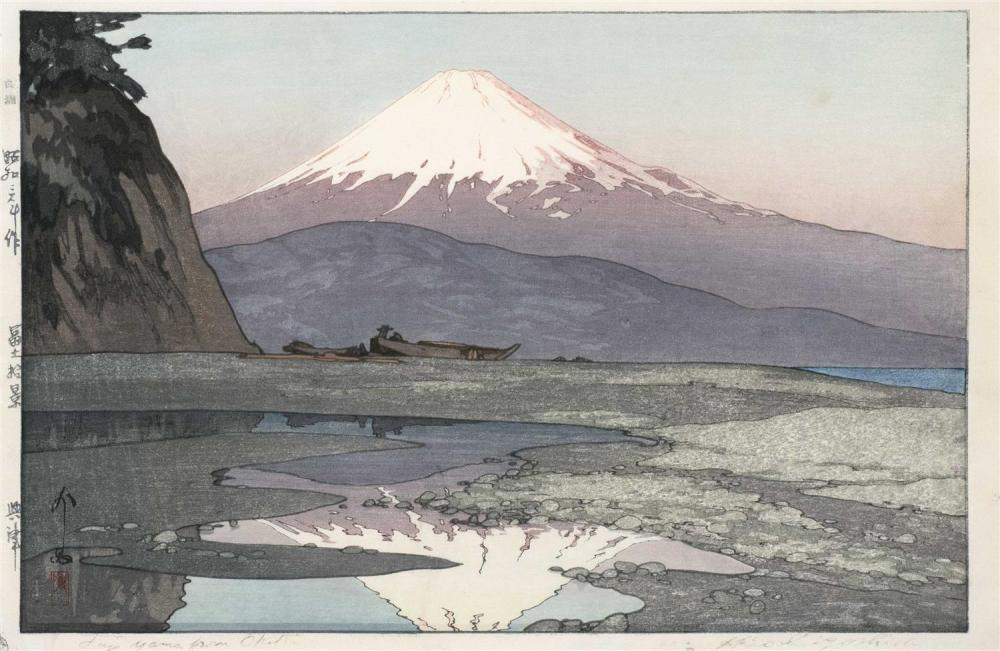
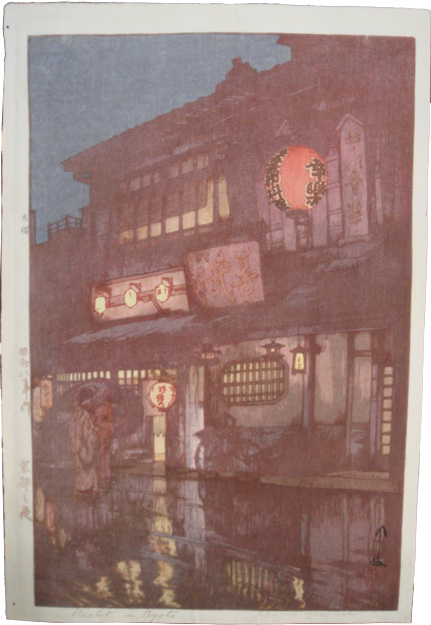
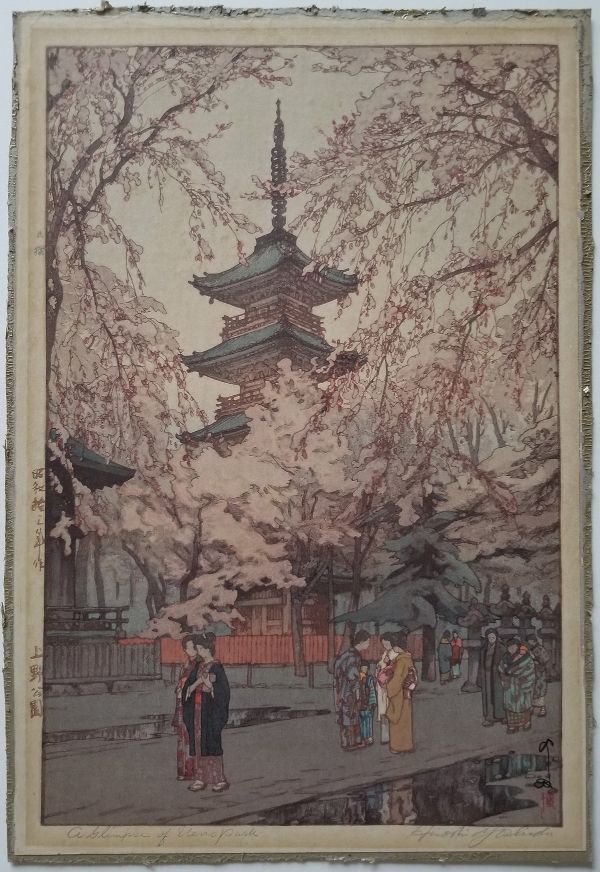
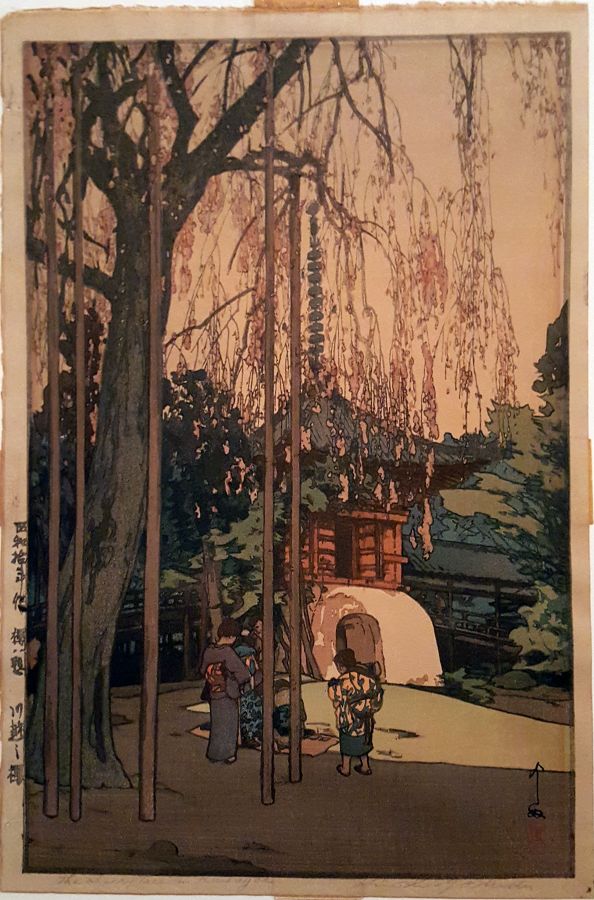
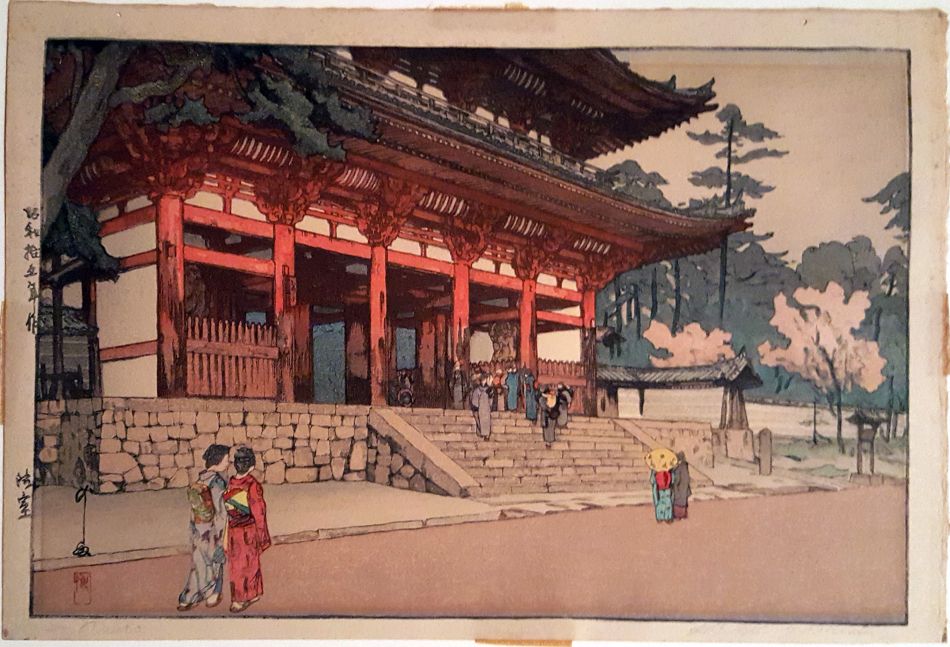
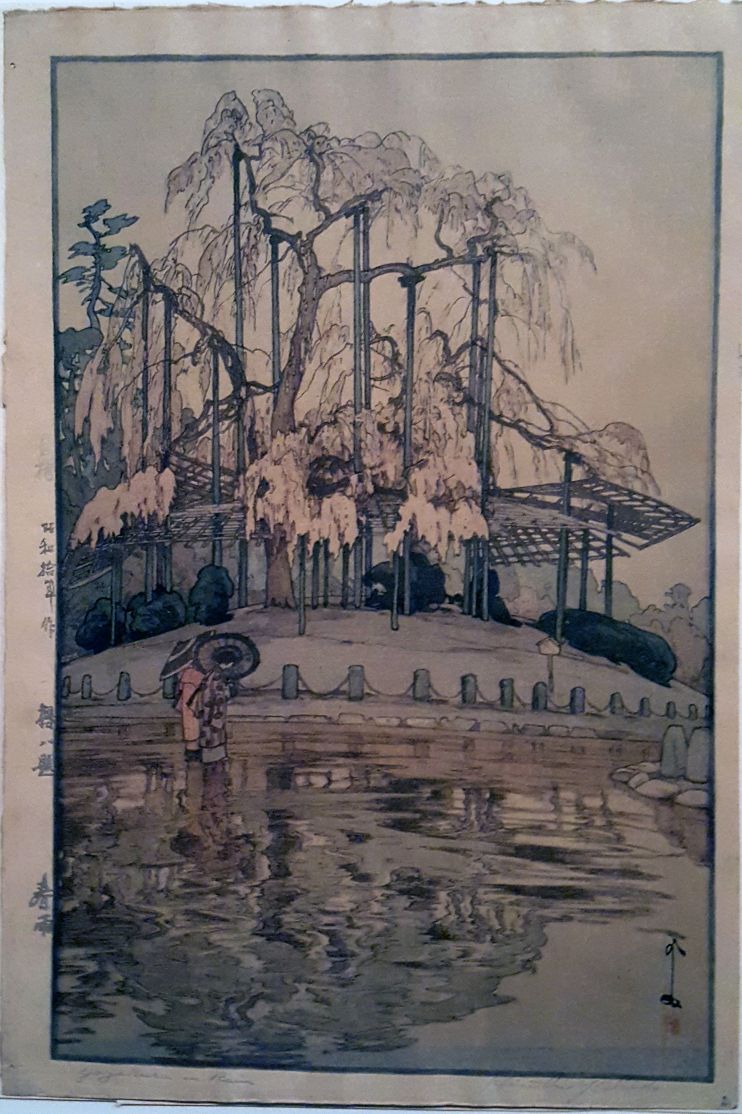
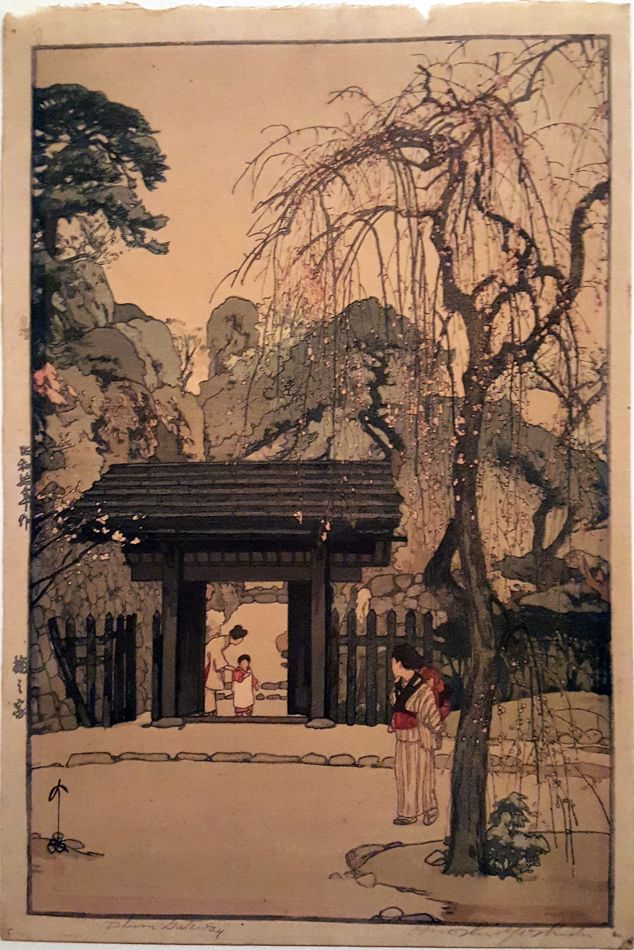
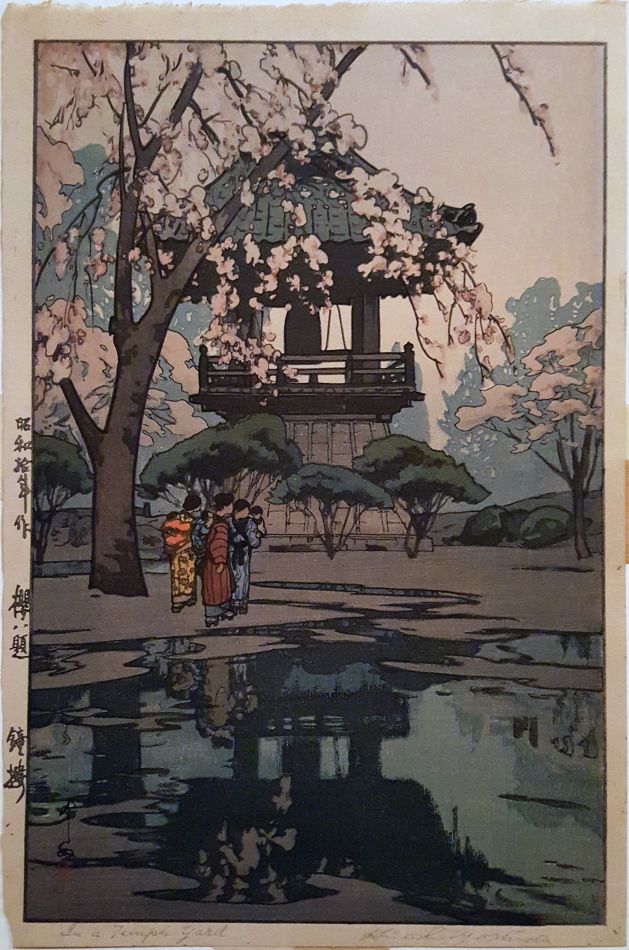
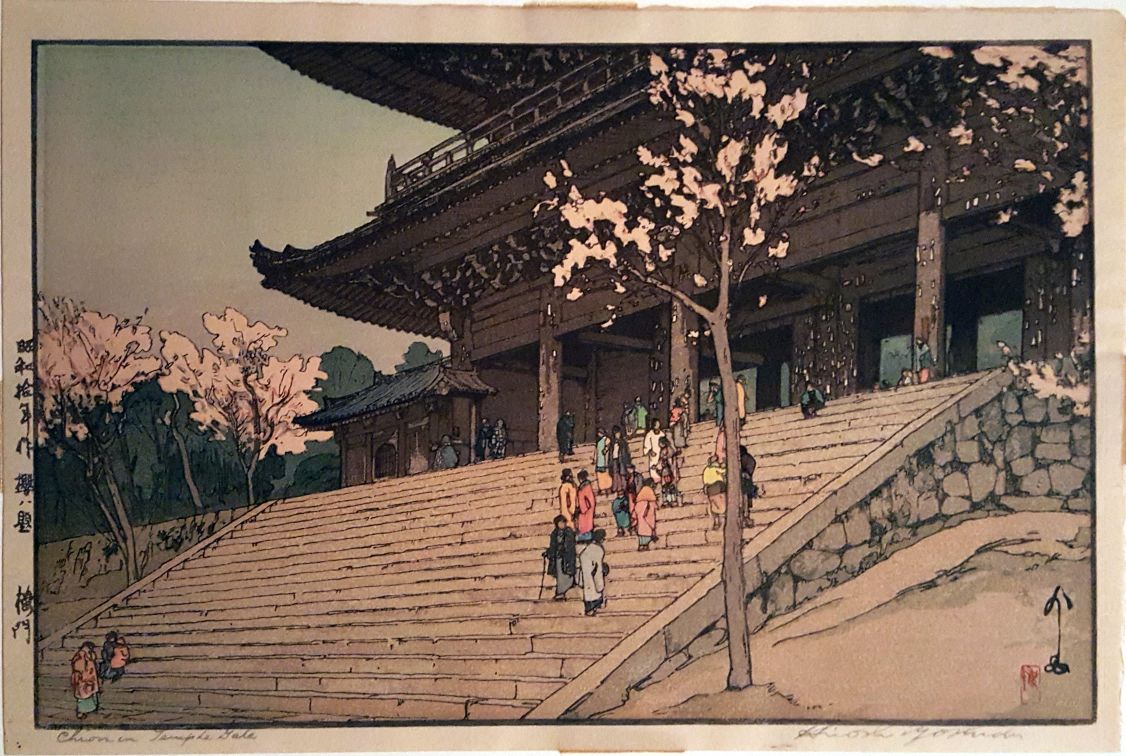
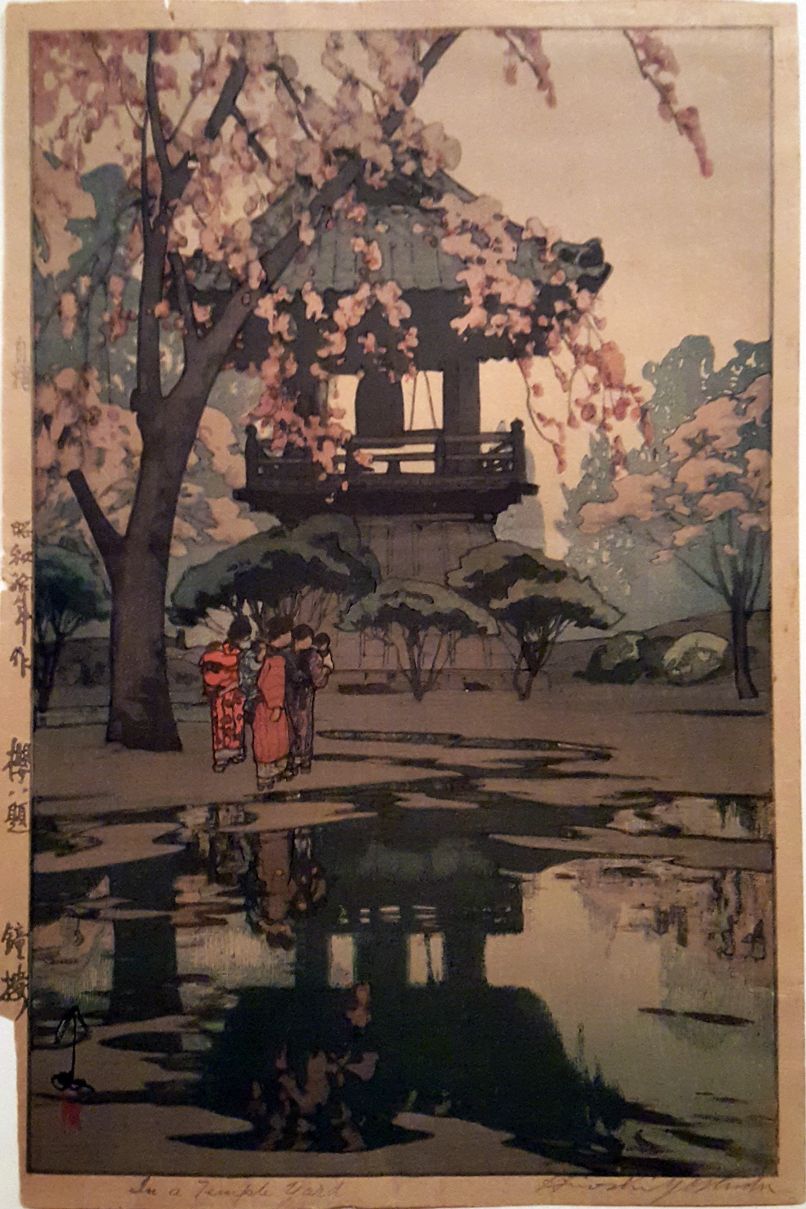
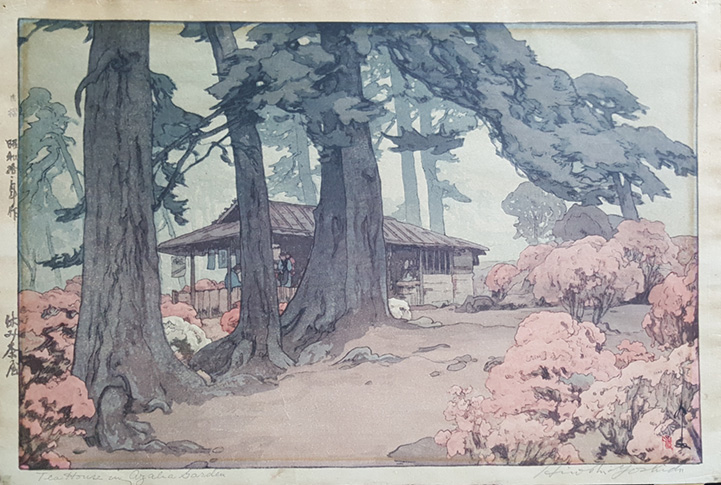
 Hiroshi Yoshida is one of the most well known of the shin-hanga style artists and his prints are in high demand from customers all around the globe. There are many outlets to buy a Hiroshi Yoshida woodblock ranging from your local gallery, to online auction sites like eBay. With the varying sources to buy a Hiroshi Yoshida print, and the volume of prints available, it's important to educate yourself on how to distinguish a valuable early edition print from the later impressions, reproductions, and posthumous versions of a print. There are a variety of features to look for in a Hiroshi Yoshida print, but what we will focus on here is the jizuri seal.
Hiroshi Yoshida is one of the most well known of the shin-hanga style artists and his prints are in high demand from customers all around the globe. There are many outlets to buy a Hiroshi Yoshida woodblock ranging from your local gallery, to online auction sites like eBay. With the varying sources to buy a Hiroshi Yoshida print, and the volume of prints available, it's important to educate yourself on how to distinguish a valuable early edition print from the later impressions, reproductions, and posthumous versions of a print. There are a variety of features to look for in a Hiroshi Yoshida print, but what we will focus on here is the jizuri seal.




